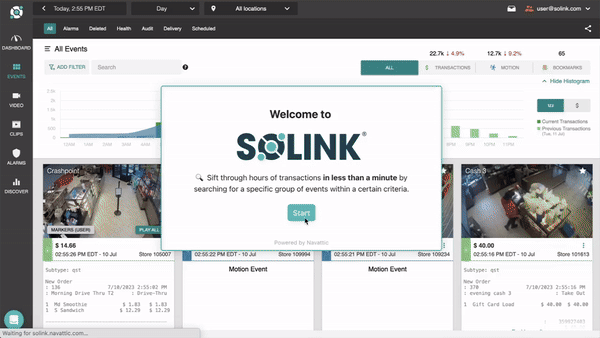Turret camera
Turret cameras are compact and easy to install security cameras that operate using a ball and socket design, which allows them to pivot to face any direction.
What is a turret camera?
Sometimes also called “eyeball cameras,” turret cameras are highly flexible security cameras that use a ball and socket design to allow them to face any direction. Unlike many older-style cameras, which are pointed in a general area and may (or may not) capture something important, turret cameras can be directed towards specific areas for greater security.
For example, if a specific area is being used for a display, but won’t be the following week, a turret camera can easily be adjusted accordingly. In addition, their ability to be installed either horizontally or vertically allows them to be placed almost anywhere.
Note that, unlike pain-tilt-zoom (PTZ) cameras, someone needs to physically change the direction a turret camera is facing, which may be impractical if installed in a hard-to-reach place.
Unlike dome cameras, turret cameras do not have a glass or plastic dome which can interfere with infrared (IR) glare. Similar to bullet cameras, turret cameras have excellent image quality, but they do not have the problem of being incapable of changing the visual direction.
Find suspicious cash handling within your business
Learn how easy it is to uncover suspicious cash handling in our self-guided tour.

Why are turret cameras important?
Turret cameras, like many modern security camera system components, play a pivotal role in theft deterrence and being able to acquire data. Here is a separate article that describes all the different types of security cameras for business, including turret cameras.
There are many different camera types, each with unique qualities that makes them better (or worse) for specific tasks.
Turret cameras can be placed in almost any location, both indoors and outdoors. They can be pointed in different directions, are flexible, and can be repositioned. All of this makes them extremely useful. When a specific camera, such as a fisheye camera or dome camera, is not necessary to meet the security goals of a location, then the turret camera can be seen as the default choice.